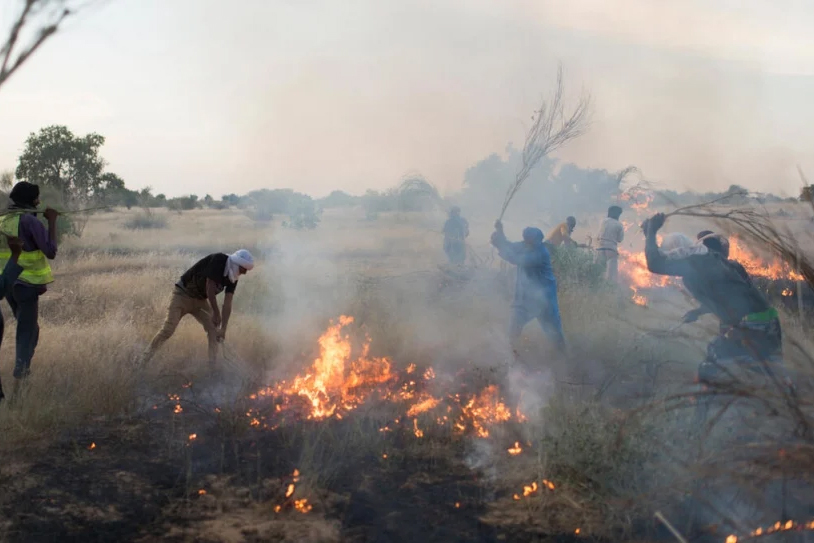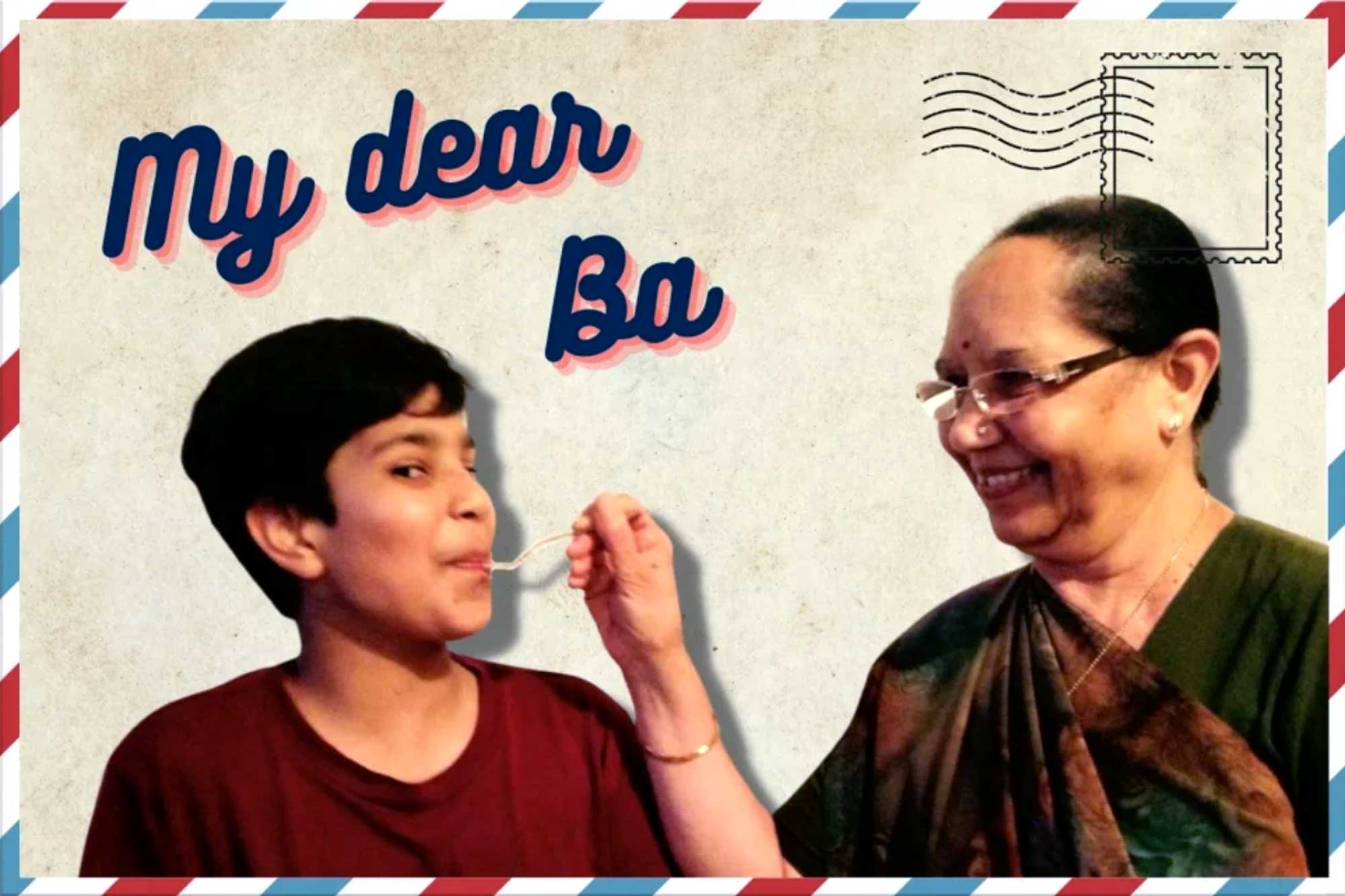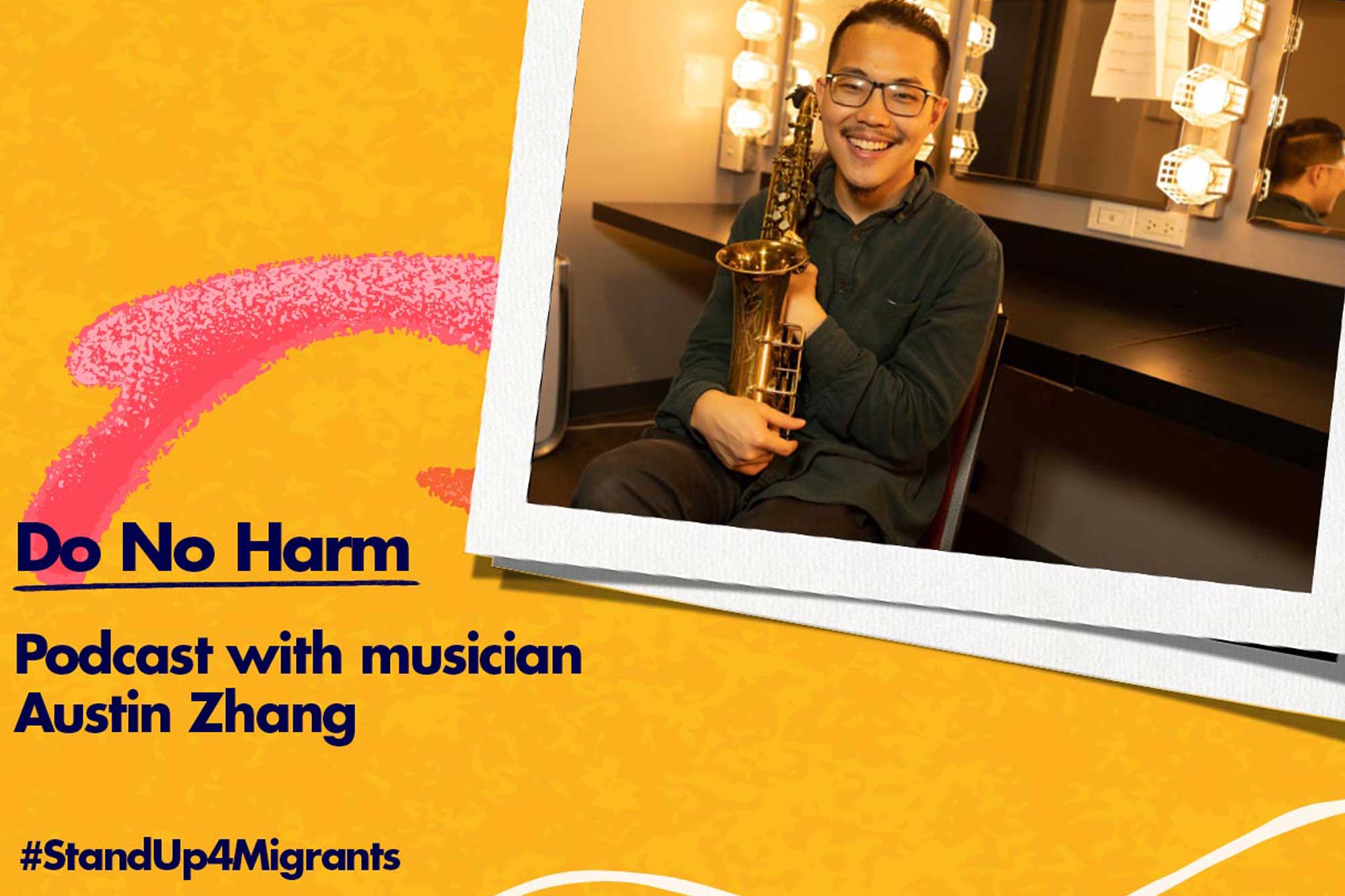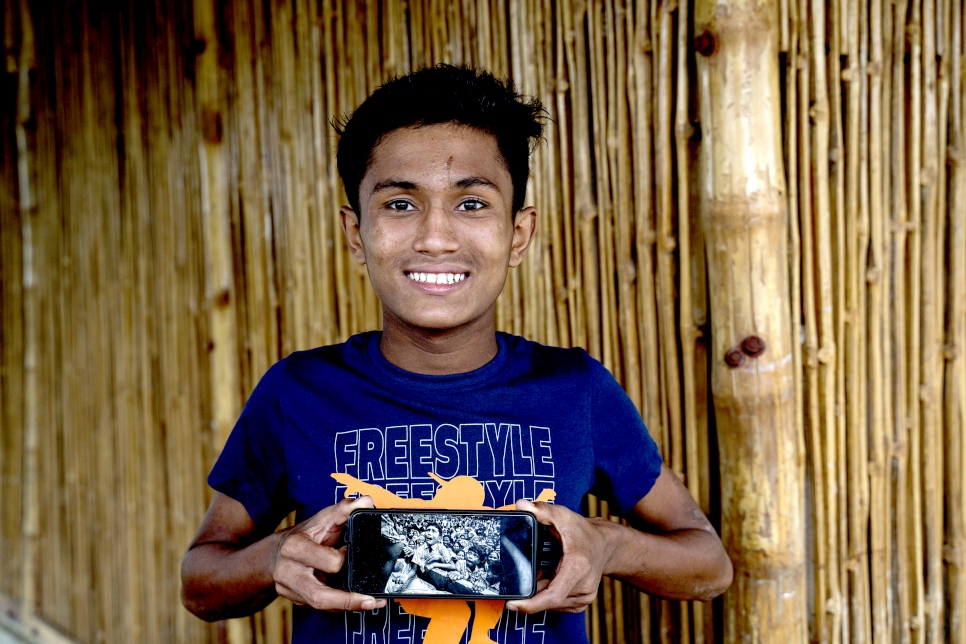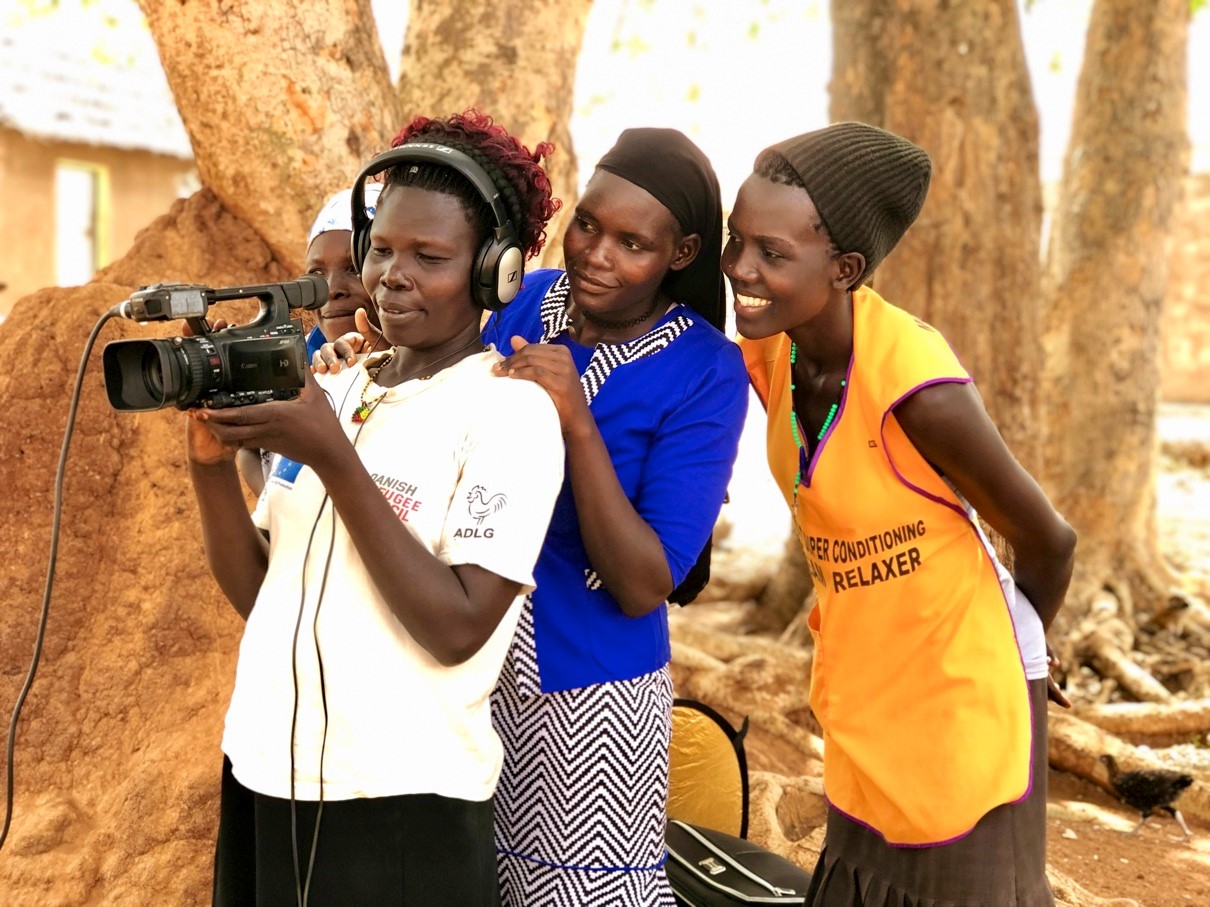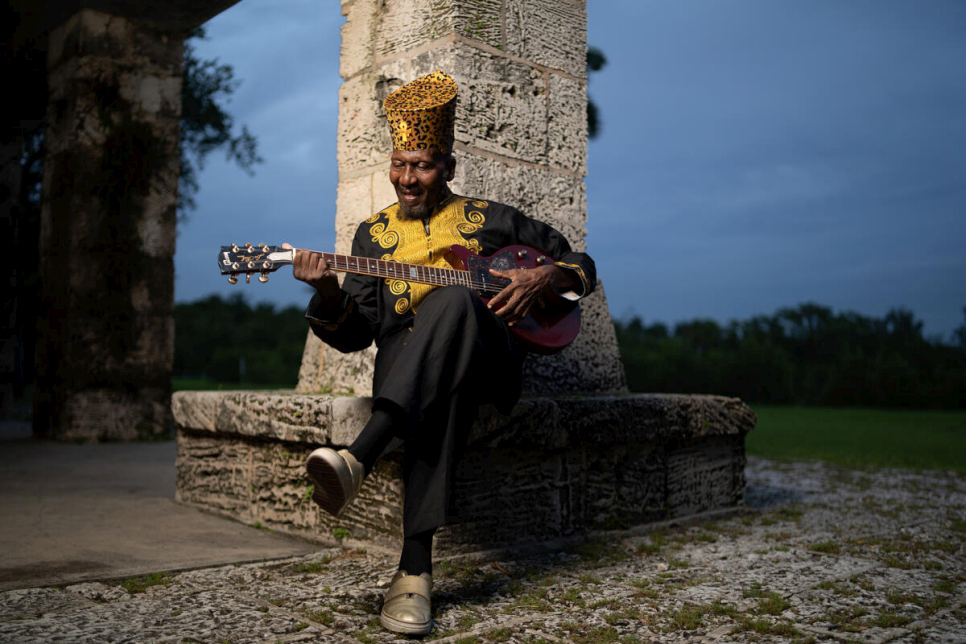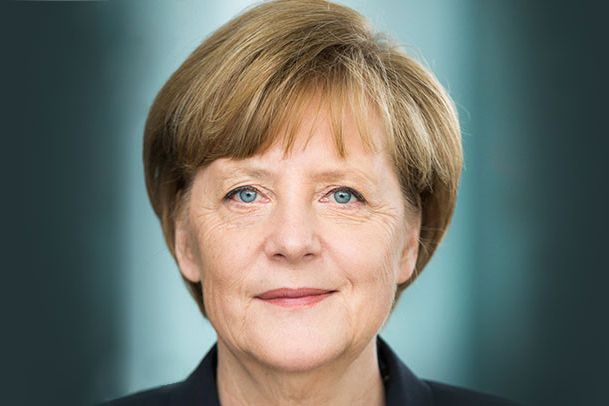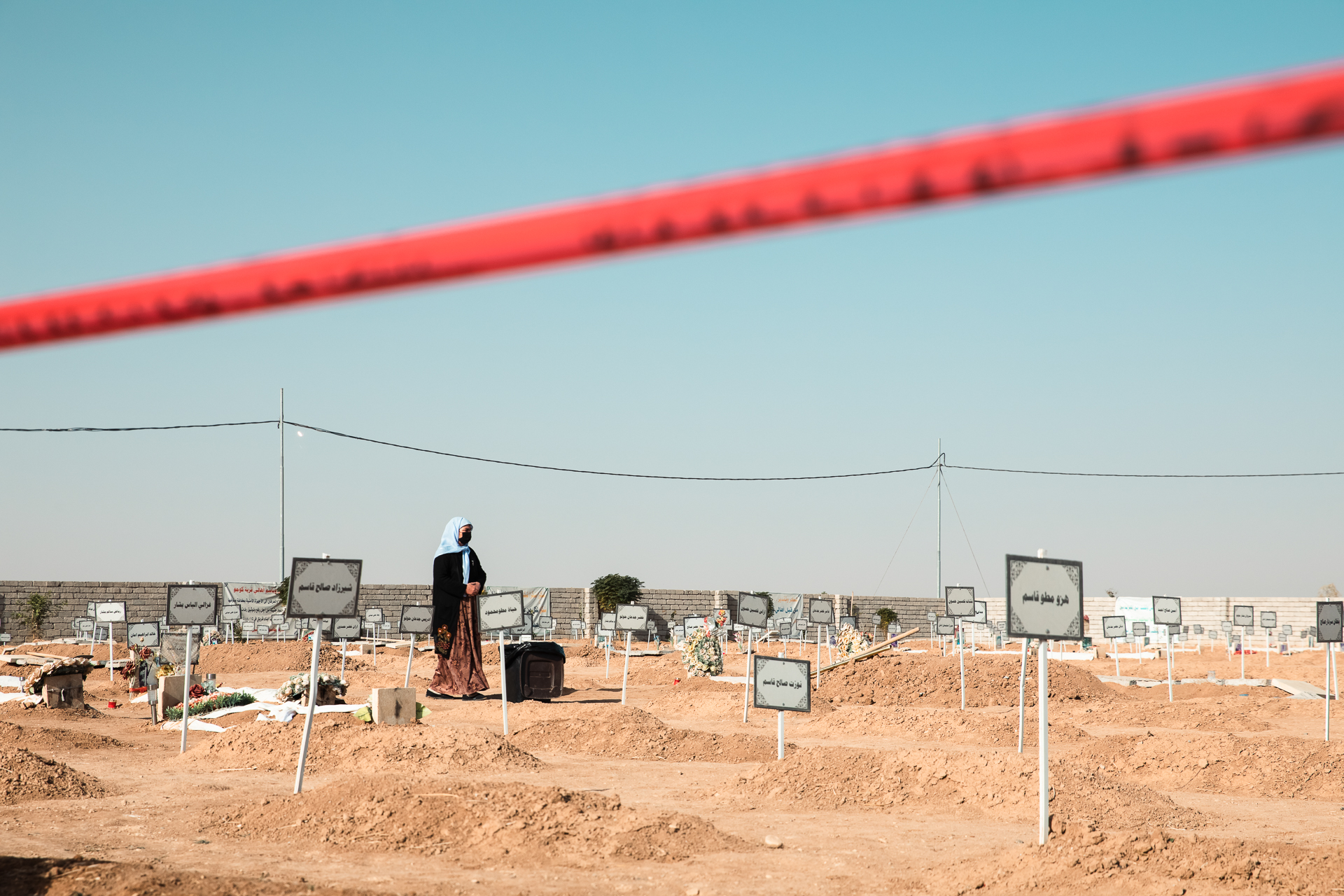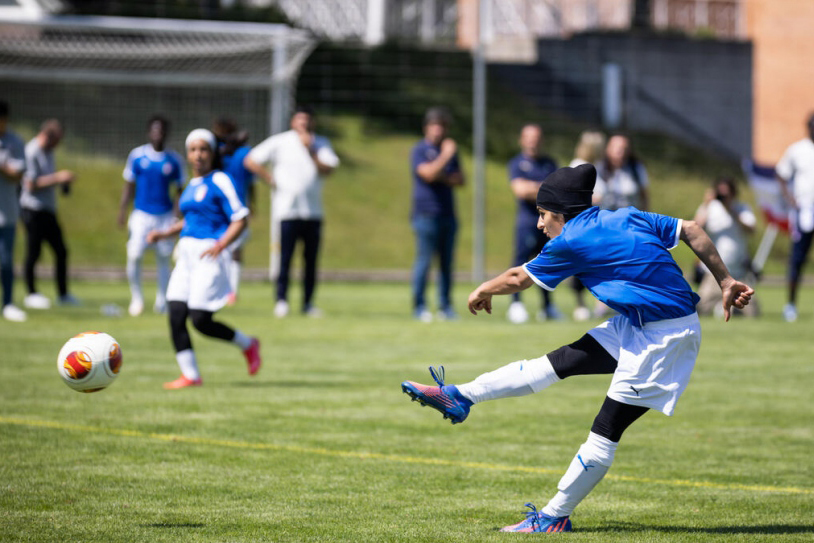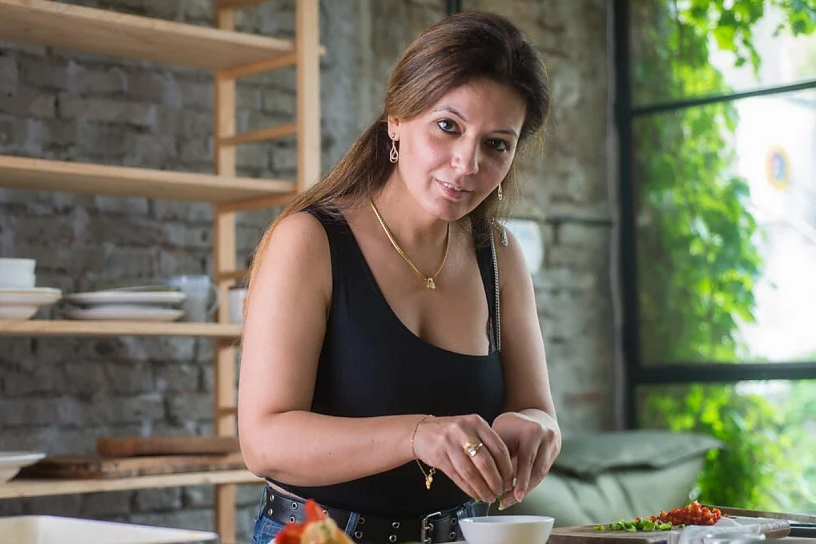The Mbera Fire Brigade in Mauritania, is one of the winners of the UNHCR 2022 Nansen Refugee Award, for their courage and tenacity in safeguarding lives, livelihoods and a local environment.
Aryan Sanghrajka, 18, writes to his grandma (Ba), who fled Uganda in 1972 due to the forced expulsion of Asian residents.
Sometimes, we might unintentionally trigger a harmful narrative on migration. In this episode of the UN Human Rights podcast, #StandUp4HumanRights, we focus on how migration is not one-dimensional and why telling individual stories of migration, which reflect all dimensions of people, can help avoid perpetuating harmful narratives.
Meet Musician Austin Zhang who uses the power of music, harmonizing his saxophone jazz melodies with a recording of his mother’s own story of migration, to accentuate the emotions of her story.
“I had to share my mother's story and just to give people that perspective of that side of life and how real it is for many people to this day,” he said. “It was very important to me and also just the gratitude that I have for her and her journey.”
From September 14 to October 2, Little Amal will be walking through all boroughs of New York City. Little Amal is the giant puppet of a 10 year old Syrian refugee girl. Since July 2021, she has travelled over 9,000 km representing all children fleeing war, violence and persecution, each with their own story. Amal has been welcomed at 190 unique events in 85 cities, towns and villages, her urgent message to the world is “Don’t forget about us”. Carrying a message of hope for displaced people everywhere, especially children separated from their families, she is an international symbol of compassion and of human rights.
Introducing the first trailer for #TheSwimmers: a Netflix movie based on the remarkable journey of UNHCR Goodwill Ambassador #YusraMardini and her sister Sara.
Five years after a Pulitzer-Prize winning photo made him the face of the Rohingya refugee crisis, a young refugee has taken up a camera himself.
Though women and children make up 81 per cent of the nearly 1.53 million refugees in Uganda, refugee settlement leadership has historically lacked women’s representation. Cultural barriers, coupled with limited knowledge on rights and access to education, kept women from participating in decision-making processes. In 2018, UN Women began providing trainings for the women and youth of Adjumani and Yumbe districts, which host 30.1 per cent of Uganda’s total refugee population. The trainings included instruction in literacy, numeracy, women’s rights, leadership and life skills development, public speaking, debating and radio presentation. The results are striking.
Jimmy Cliff shines a light on people forced to flee and partners with UNHCR to create a portal to help refugees. “Refugees” continues Cliff’s long tradition of penning thought-provoking anthems.
The Jury of the Félix Houphouët-Boigny-UNESCO Peace Prize awarded the 2022 Prize to Ms Angela Merkel, former Federal Chancellor of Germany, in recognition of her efforts to welcome refugees.
The lives of survivors from the Yezidi community have been irreparably changed by unimaginable horrors. Eight years after ISIL’s heinous acts, IOM questions: how does a community heal?
Opened on 28 July 2012 and still home to 80,000 people, Za’atari refugee camp has become a symbol of the long-running Syrian refugee crisis. Read the full story from UNHCR.
Fatema is one of 80 players who took part in the recent inaugural UNITY EURO Cup, an eight-team tournament organised by UEFA, the Union of European Football Associations, and UNHCR, the UN Refugee Agency, at the Colovray Stadium in Nyon, Switzerland. As a former striker for the Afghan national women’s team, she played 15 games and scored five goals for her country before fleeing in the aftermath of the Taliban’s takeover in 2021. Each team consisted of a mix of refugee and national amateur players, both female and male.
Most refugees from Ukraine hope to return home as soon as possible but around two-thirds expect to stay in their host countries until hostilities subside and the security situation improves, according to a new report by UNHCR. The survey showed that 16 percent of Ukrainian refugees in the Czech Republic, Hungary, the Republic of Moldova, Poland, Romania and Slovakia were planning to return to Ukraine in the coming two months, with 15 percent of those planning to stay temporarily to visit family, get supplies or help relatives evacuate.
The war changed everything for Ukraine’s children, robbing them of stability, safety, their friends. As the fighting moved closer to civilian populations, life for many children moved underground. Relatively protected from the physical horrors unfolding above their heads, children who sought shelter below struggled to piece together some semblance of normalcy. UNICEF brings us the stories of five children whose lives have been upended by the war.
Food can be a powerful tool for integration, but for many people who have had to flee, food is also a constant concern. According to a recent survey by UNHCR, 48 per cent of refugees in the Americas reported eating only twice a day, while 6 per cent said they were able to eat only one meal a day. In a new cookbook, refugees and displaced people in the Americas and the Caribbean share their stories and the flavours of home – past and present. Each recipe in the book combines flavours from displaced people’s countries of origin and their new homes.

